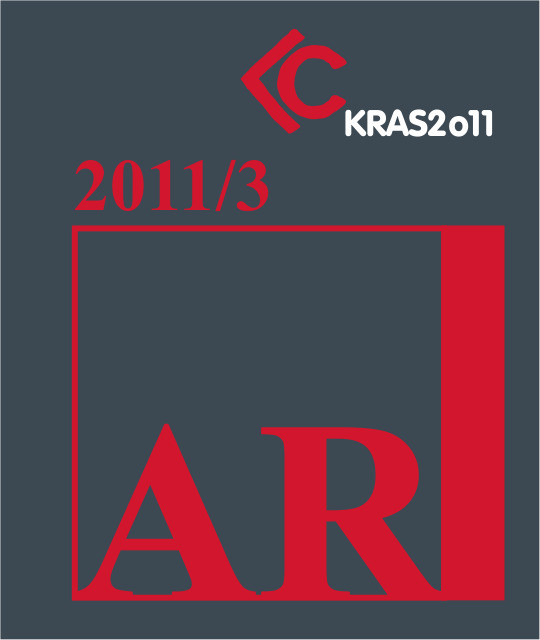POMEN KRASA ZA KRASOSLOVJE
THE SIGNIFICANCE OF THE KARST FOR KARSTOLOGY
Author(s): Andrej KranjcSubject(s): History
Published by: Fakulteta za arhitekturo, Univerza v Ljubljani
Keywords: karst terminology; history of the term karst; history of knowledge of the Karst; the Karst
Summary/Abstract: From the karstological point of view, the significance of the Karst is primarily two-fold: historic and "referential". If the Karst did not exist, there would be neither a science with this name, nor any "karstic" phenomena. When the Romans conquered the kingdom of the Histrians, they Latinised the original name of the Karst - which derived from *karus and the root* kar (stone) - into Carsus. The Italian name Carso was derived from its accusative form in Latin; the pre-Slovene form Kras emerged at the latest in the 9th century, at the same time as the German term Karst. The first publication to assert that the karst is not confined to the Karst region per se, but extends from the Udine area to the island of Cephalonia, was Hohenwart's guide to Postojna Cave (1830). The Karst region and the Dinaric karst were the principal sources of ideas about karst, and also for J. Cvijić and his fundamental work "Das Karstphänomen"" (1893), in which numerous examples were taken from the Karst region, where he also adopted the term 'dolina' and introduced it into international terminology. Since the middle of the 19th century, the term has been generally accepted worldwide. A. Morlot (1848) uses the terms Karstland, Karstkalk etc, and a range of fundamental works about the karst was published featuring the word "Karst" in their title, such as Karstmorphologie, Karsthydrographie etc. That the Karst is really "the fundamental type of karst – a limestone region" i.e. the referential karst, to which all other karstic regions in the world have to be compared, is confirmed by a range of quotations from leading karst researchers such as Schmidl (1850), Cvijić (1893), Martel (1894), Corbel (1956) and many others.
Journal: AR Arhitektura, raziskave
- Issue Year: 2011
- Issue No: 3
- Page Range: 23-26
- Page Count: 4
- Language: Slovenian

